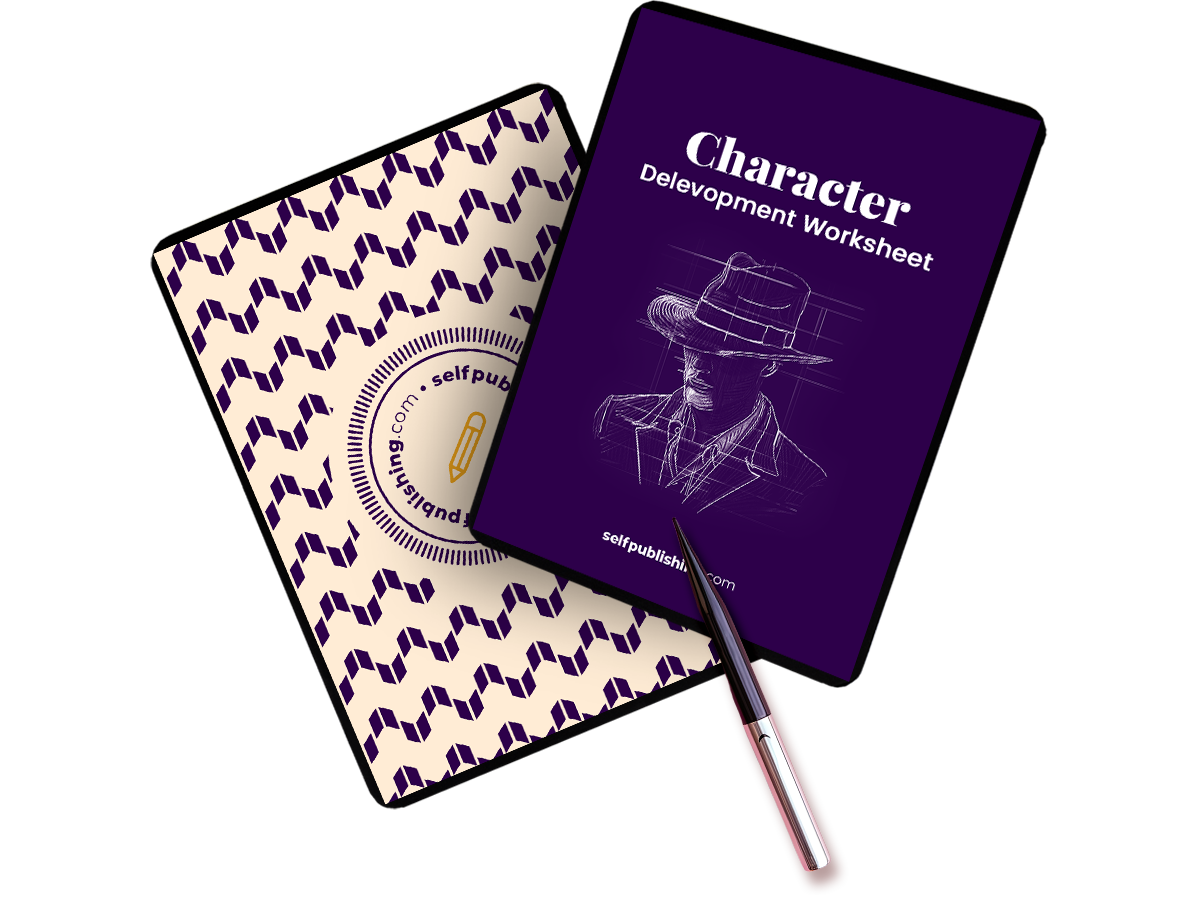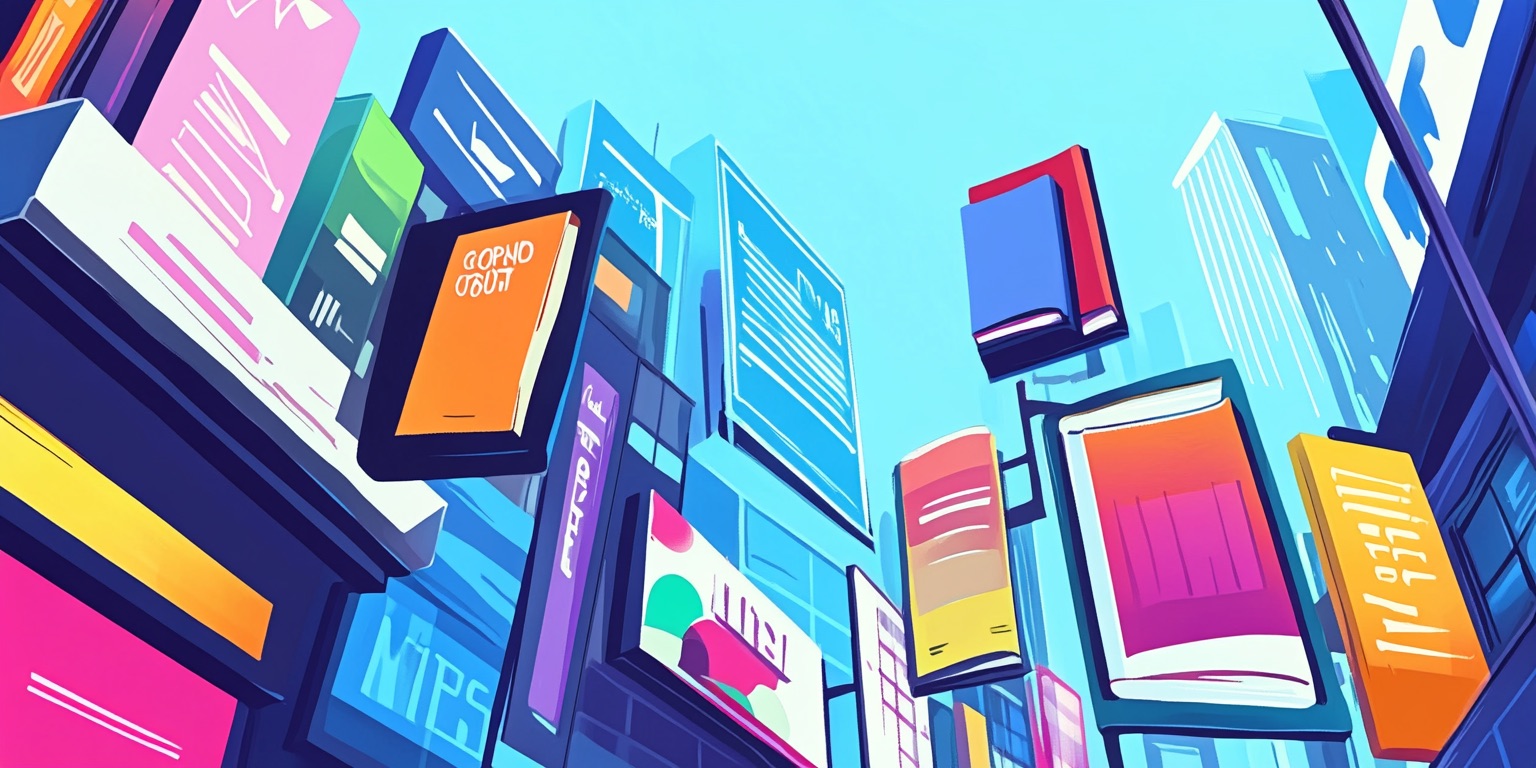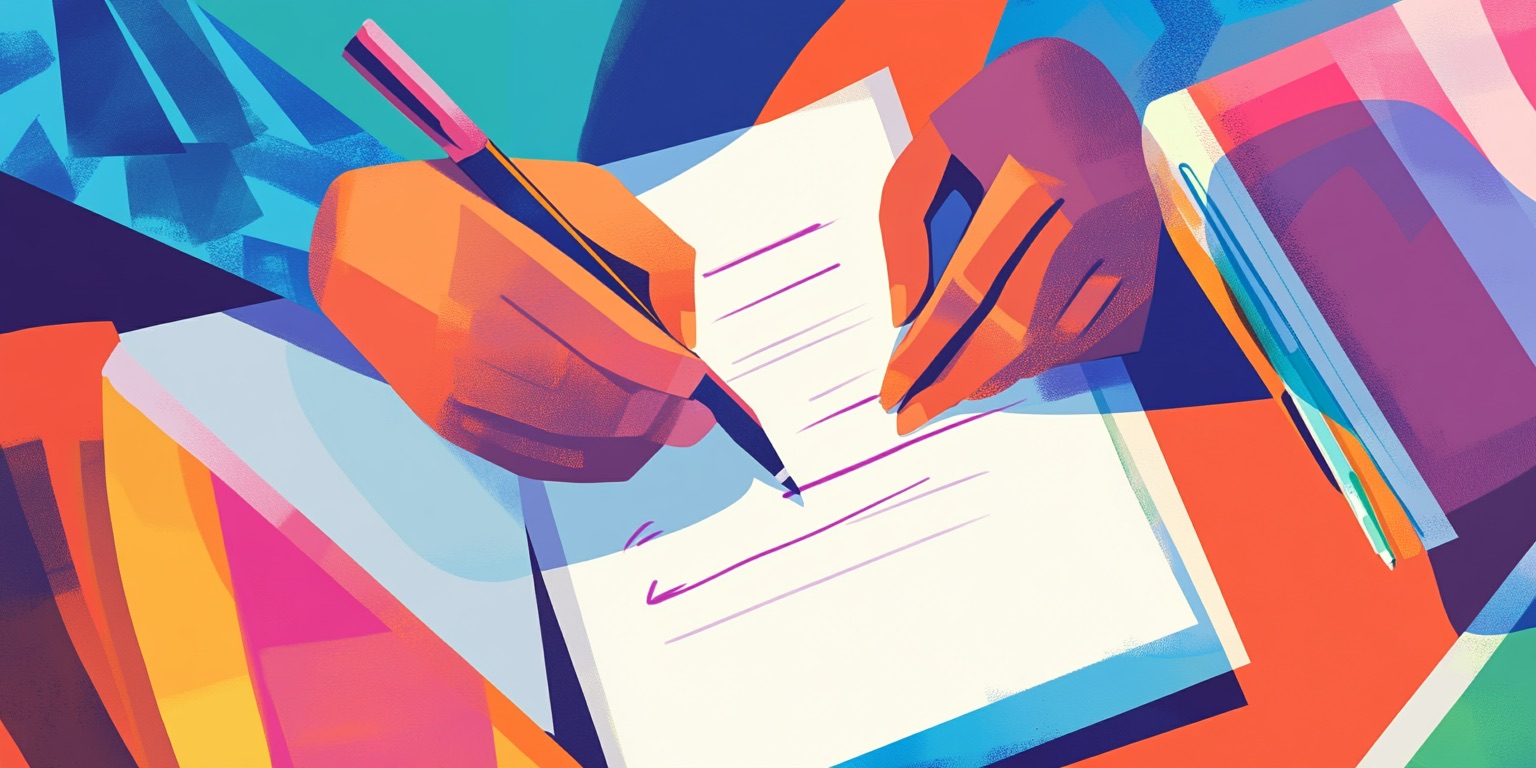Static vs dynamic characters create powerful tension in storytelling. Whether you write fiction or nonfiction, chances are high you include both types of characters in your writing, even if you don’t realize it.
However, using static vs dynamic characters to your advantage means understanding the key differences, and similarities, of each. Just as understanding the difference between tragedies and comedies can bring your writing capabilities to an entirely new level, the same is true for static and dynamic characters.
While readers often associate dynamic characters with their favorite novels, memoirs (nonfiction) are another genre that reveal the importance of these characters. (For an example, read Unbroken by Laura Hillenbrand or visit how to write a book about war.)
That said, no matter what type of book you choose to write, understanding the dichotomy between dynamic and static characters will help you draw in your readers. Both types of characters are crucial to great storytelling.
Static vs dynamic characters: the differences
Static vs dynamic characters share many differences, as you likely expect. However, below are three key differences to make yourself aware of. The better you understand static vs dynamic characters, the better you will write them into your story.
Experience/don’t experience significant change
Deep character motivation often drives dynamic characters. They want to see change and work to see this desire come to fruition. Their journey to enacting change often creates a significant arc in their own character.
Static characters are the opposite. They may desire change, but they do not embody change. They may evolve in small ways, but overall, they remain the same throughout the story.
Unique/not unique among other characters
Readers only have the mental capacity to keep up with a certain amount of character arcs. For this reason, writers usually only create a few dynamic characters. Other, more peripheral characters, lack the dynamic arc of the protagonist.
These characters are static—they experience little to no change from the beginning of the story to the end. Authors who write great stories must include both types of characters.
Dynamic characters shoulder the plot while static characters help support the story.
Lead/add to the story
Speaking of supporting the story, static characters add realism, nuance, and believability. Imagine your protagonist entering a café with zero other characters. Expert authors know to include what film directors call background actors.
Your dynamic character leads the story. Your static character adds the feeling of a real story world. Note that even Richard Matheson’s 1954 post-apocalyptic horror novel included static characters (despite being about one of the last survivors on an island).
Static vs dynamic characters: the similarities
It may surprise you that static vs dynamic characters share several commonalities. These similarities actually add to the dynamic impact of your protagonist. Let’s dive into how these two character types intersect.
Thoroughly developed characters
Both static vs dynamic characters can be round characters. Just because you write a static character does not mean it has to portray the stereotypical characteristics of flat characters.
Round characters feel almost human because the author developed their strengths, weaknesses, flaws, and relatable qualities so well. Static does not equal flat. (More on this in the next section.)
Move the story forward
Authors understand that they should only include characters, plot points, and scenes that move the story forward. This means that any character you write into your story, from the blue jay on the windowsill to the wise sage trope in chapter two, every character needs to benefit the story.
Highlight the differences in other characters
Static vs dynamic characters give away their secret in the phrase itself: versus. Dynamic characters highlight the lethargy of static characters. Static characters showcase the visceral change of dynamic characters. Similar to an antagonist and a protagonist, the dichotomy itself is often what’s most crucial for identifying the role of each in the story.
Light vs darkness, heat vs cold, love vs hate, and static vs dynamic each showcase the differences between the two.
Examples of static vs dynamic characters
If you’re anything like me, reading through a few examples helps visualize what you just learned. I start with dynamic characters from famous stories.
Spoilers.*
Neville Longbottom
Neville Longbottom stands as a prime example of a dynamic character in Harry Potter. Who doesn’t love remembering Neville losing his frog in his first main appearance, to telling off He-Who-Must-Not-Be-Name’s army in the last book?
Coriolanus Snow
Coriolanus Snow’s character draws you in from page one of Suzanne Collins prequel to The Hunger Games. However, by the last chapter, his many small compromises added up. Snow is a dynamic character, but only in that he turns from hero to villain. Dynamic characters can be heroes or villains.
The Beast
Beauty and the Beast showcases the dynamic change of the Beast: from arrogant prince, to cursed beast, to a freed man. This classic fairy tale remains an age-old example of the dynamic change characters can make.
But now, moving on to static characters…
Sherlock Holmes
Sherlock Holmes, Sir Authur Conan Doyle’s legendary detective, is surprisingly static. While Sherlock leads the cases, finds the killers, and cracks the mystery, his character does little changing throughout the series.
Watson, his sidekick, is another story. But as protagonist and hero of the series named after him, Sherlock Holmes is mostly static.
Mrs. Bennett
Mrs. Bennet of Jane Austen’s Pride and Prejudice exhibits one key goal: find suitable husbands for her daughters. She is unflinching in her pursuit of this goal. While her character is gregarious and at times eccentric (perhaps not quite as much as Mr. Bennet), she remains the same from page one to the final chapter.
Gollum
It’s important to note that Gollum’s character arc in The Hobbit is dynamic (and also negative). He starts as Sméagol, a happy hobbit who finds the Ring, which slowly destroys him.
However, in The Return of the King, Gollum’s tragic story finds completion in the fires of Mount Doom, just as Tolkien foreshadowed in The Fellowship of the Ring.
Throughout The Lord of the Rings series, Gollum vacillates between two extreme choices:
- Dynamically choose right and return to who he was as Sméagol
- Continue pursuing what he ultimately desires and remain static
Gollum draws attention to an important detail in static vs dynamic characters: characters can be dynamic in one book and static in another.
Take your next step today
Are you ready to unlock your character’s full potential? Some stories call for static characters. Other books use dynamic characters to showcase character arcs and highlight the overall story goal.
No matter what type of character you need for your story, accessing their full potential helps engage your readers and make your book memorable. Whether you choose to write a static or a dynamic character, our free character bio template below can help you write compelling characters.
You may choose to star a protagonist such as Sherlock Holmes: steady and reliable. However, you may choose a hero like Neville Longbottom: one who starts out timid and insecure and ends a true hero.
Regardless of the type of characters you cast, unlocking their full potential helps them stay with readers long after the final chapter. Download the resource below and level-up your writing today!

























